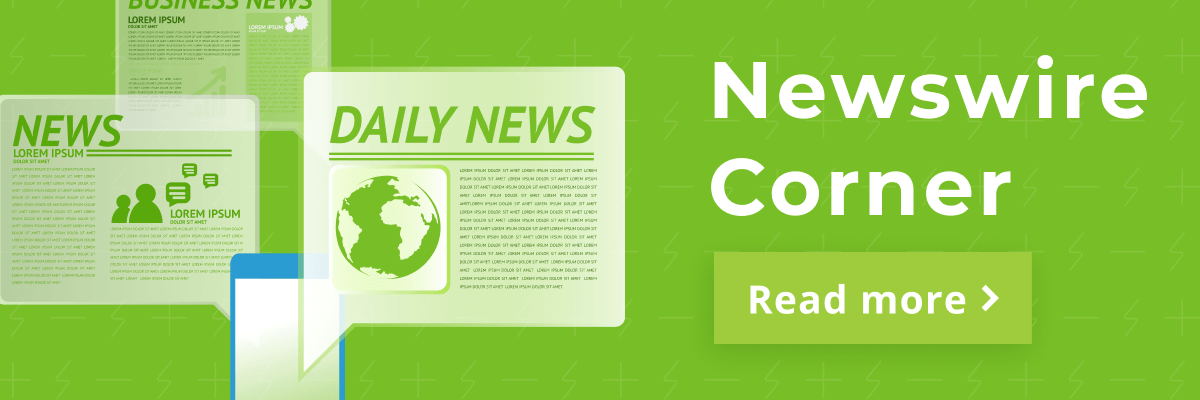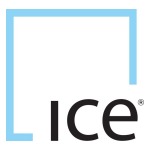Sign up for daily news updates from CleanTechnica on email. Or follow us on Google News!
NREL’s Wind Expertise Highlighted at Biannual TORQUE Conference
In May 2024, amidst ancient marble statues and sweeping centuries-old frescoes, a group of researchers came together to talk about something decidedly more modern: wind energy technologies.
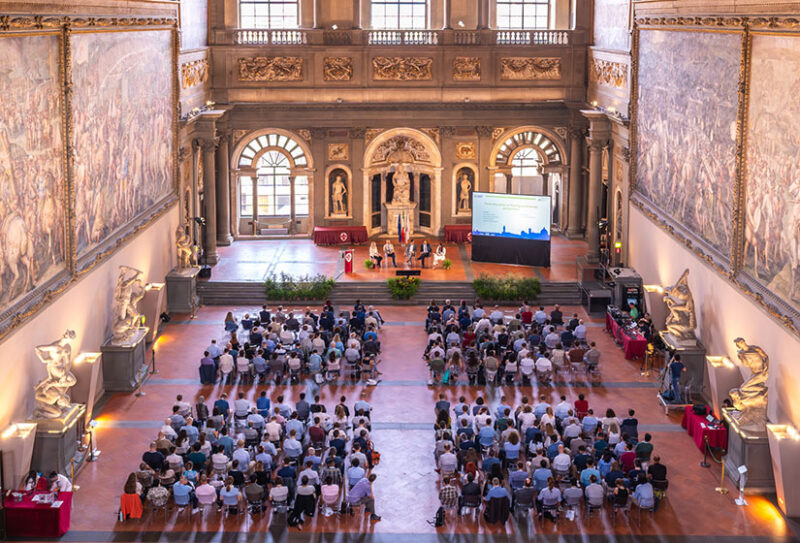
The biannual TORQUE Conference, organized by the European Academy of Wind Energy and held this year in Florence, Italy, brings together the world’s preeminent wind energy scientists to share their breakthrough research and learn from each other.
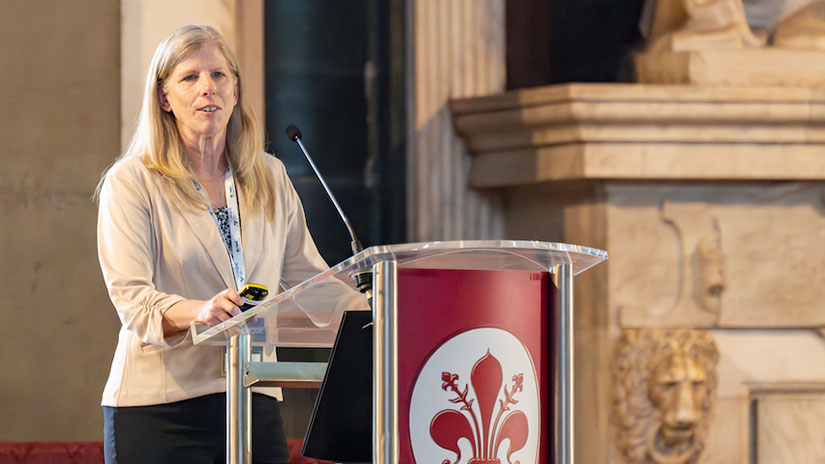
More than 730 researchers attended this year’s conference, including 26 National Renewable Energy Laboratory (NREL) researchers who were either presenting their research, chairing a session, serving on a discussion panel, or—in the case of Offshore Wind Energy Group Manager Amy Robertson—delivering the keynote address.
“Offshore wind energy has not been a large focus of previous TORQUE conferences,” said Robertson, whose research centers around floating offshore wind technologies. “But with the growing interest in offshore wind—along with the increased complexity of floating offshore systems—conference organizers wanted to highlight this area to inform the broader wind community.”
During her keynote, Robertson outlined the differences in the physics of floating wind systems compared to more mainstream land-based wind systems and highlighted some of the challenges that need to be addressed to advance the field. Her goal was to help others in the industry understand key research needs.
“There’s a lot of opportunity for research on floating wind to make a significant impact,” Robertson said. While her speech focused on technical challenges, the discussion broadened during a follow-on panel. Here, the technical challenges were considered alongside industrialization needs and strategies for integrating the technology with other ocean users, all while minimizing environmental impact. “We can only really advance floating wind if we get broad social acceptance, which will mean showing that these technologies have a valuable role to play in the energy market,” Robertson added.
Robertson also served on a panel focused on diversity, equity, inclusion, and accessibility issues in wind energy. As colead of this effort on the wind team at NREL, Robertson presented on the need to create “psychological safety” in the workplace.
“It’s important to recognize that in order for someone to be able to fully contribute in their job, they need to feel that they can share freely,” Robertson said. “This comfort may not come easily in the workplace for someone who’s not part of the majority, and it may be hard for those in the majority to recognize this and understand what those individuals need.”
Revisiting Research and Celebrating Accomplishments
During another panel discussion, entitled “Wind Energy Grand Challenges Revisited,” NREL Senior Research Fellow Paul Veers and colleagues spoke to the progress being made on the grand challenges of wind energy science—including challenges around the design, development, and deployment of wind energy that must be addressed quickly for the United States to meet its wind energy deployment goals.
“The panel communicated how, when working on the grand challenges, it’s important we have deep expertise in specific topics—like atmospheric science, turbine design, or wind plant control—but we also need to have an overarching understanding of how all the disciplines work together,” said Veers, who delivered the keynote address at the 2022 TORQUE conference on the grand challenges. “Researchers have to understand how their work relates to the other topics, like the environment, social issues, or the grid. And you have to go to conferences like TORQUE to get a broader view of all of these issues.”
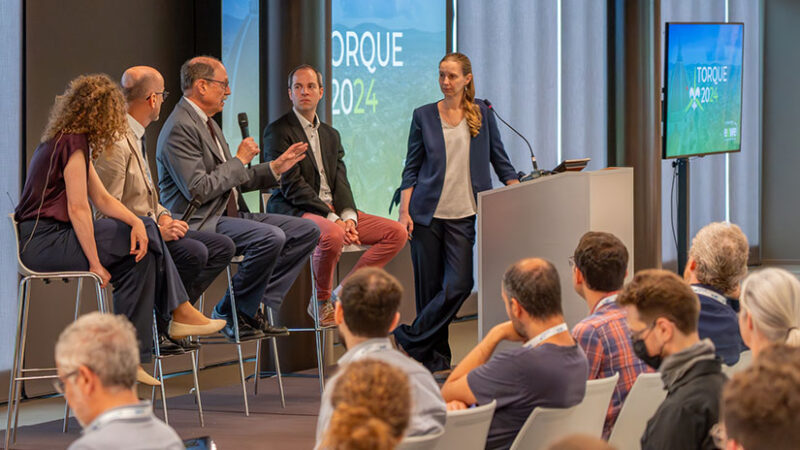
The conference was also a time for awards. In his role as chief editor of the journal Wind Energy Science, Veers recognized fellow NREL wind energy researcher Pietro Bortolotti, who was nominated as an outstanding reviewer for the journal. Bortolotti was one of seven reviewers recognized for particularly helpful and constructive comments on the numerous articles he has reviewed.
Maximizing Collaboration
NREL researchers also played a key role in meetings held the day prior to the conference focused on various “tasks” of the International Energy Agency (IEA) Wind Technology Collaboration Programme. Tasks focus on a variety of wind energy challenges, ranging from research on floating wind arrays to optimizing wind plant control to the development of hybrid wind power plants.
“The IEA Wind Tasks are a way to bring people together from different countries to work on the same problem—problems that we can either not solve alone or that really benefit from a collaborative approach to solving,” said NREL wind energy research scientist Paula Doubrawa, who leads IEA Wind Task 57, which aims to improve computational modeling of wind energy systems.
The meetings held prior to the conference covered seven different tasks, six of which were led by NREL researchers who lead or colead those tasks. And the meetings were held simultaneously at the same venue—a first for members of IEA Wind Task teams.
“We coordinated the agendas so that it was possible for people that work on multiple tasks to come and go from one room to the other,” Doubrawa said. “And having these meetings in person is a million times more productive and efficient, leading to insights and partnerships that are much harder to come by in virtual meetings.”
Robertson agrees. “The biggest value of a conference like this is understanding the other research that’s going on and what advancements are being made so that you can try to align and build off of what others are doing,” she said. “It’s amazing to have the opportunity for so many of our researchers to be able to do this. It’s really going to make a big impact on our research portfolio.”
Learn more about NREL’s wind energy research, and sign up for The Leading Edge newsletter to stay up to date on everything our wind energy researchers are working on.
Courtesy of NREL.
Have a tip for CleanTechnica? Want to advertise? Want to suggest a guest for our CleanTech Talk podcast? Contact us here.
Latest CleanTechnica.TV Videos
CleanTechnica uses affiliate links. See our policy here.
CleanTechnica’s Comment Policy

